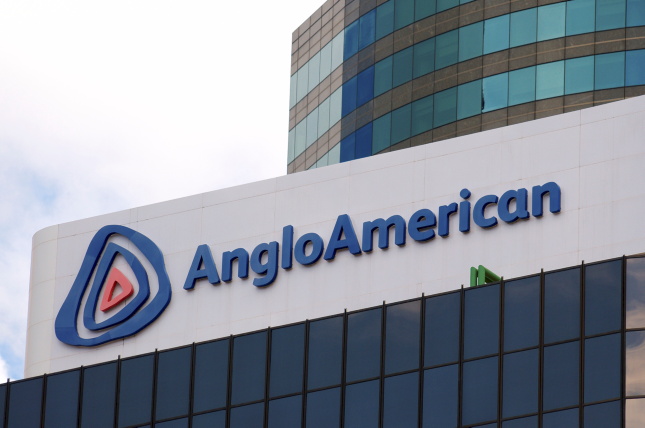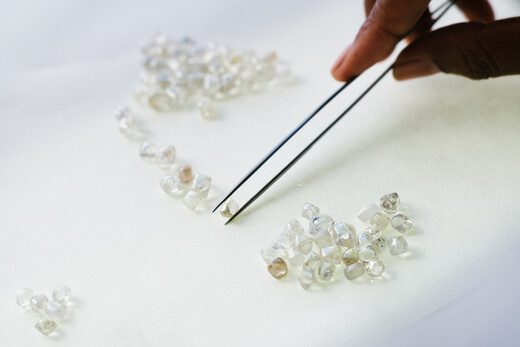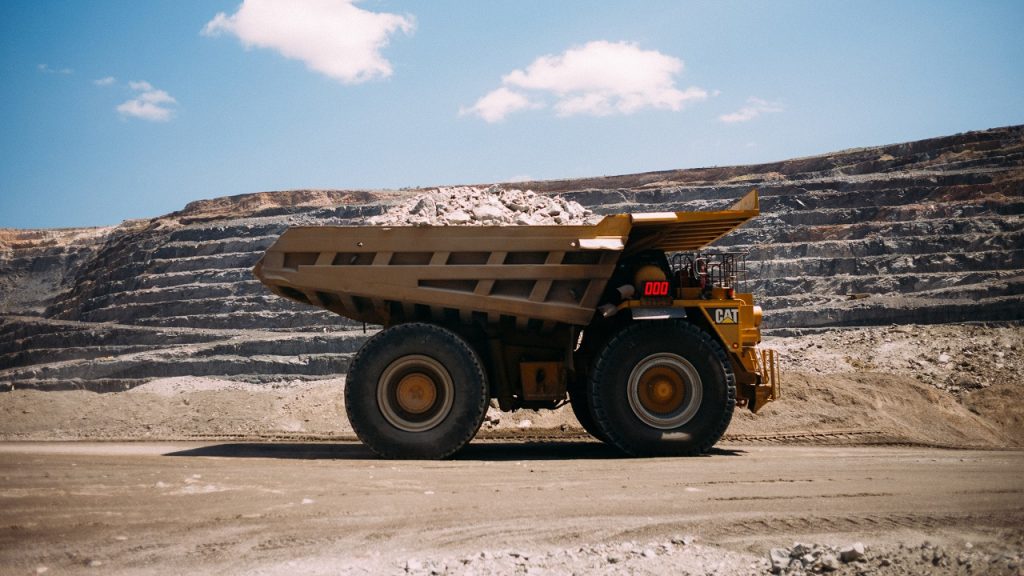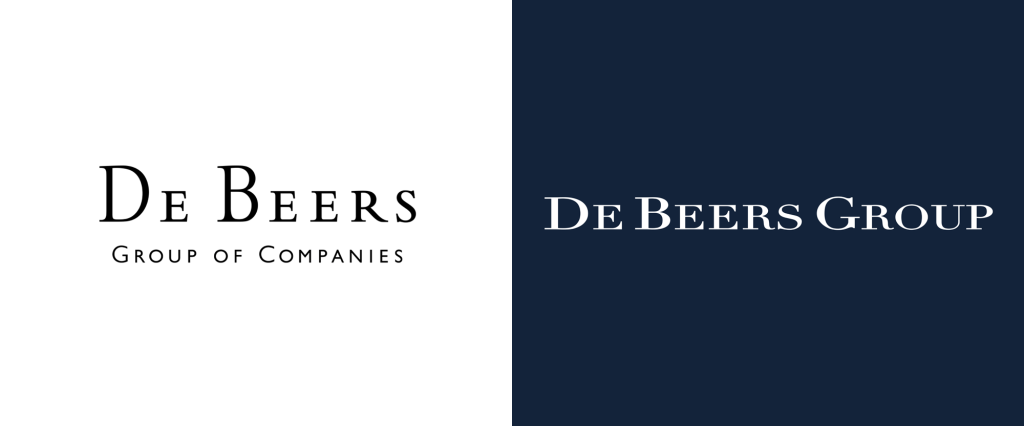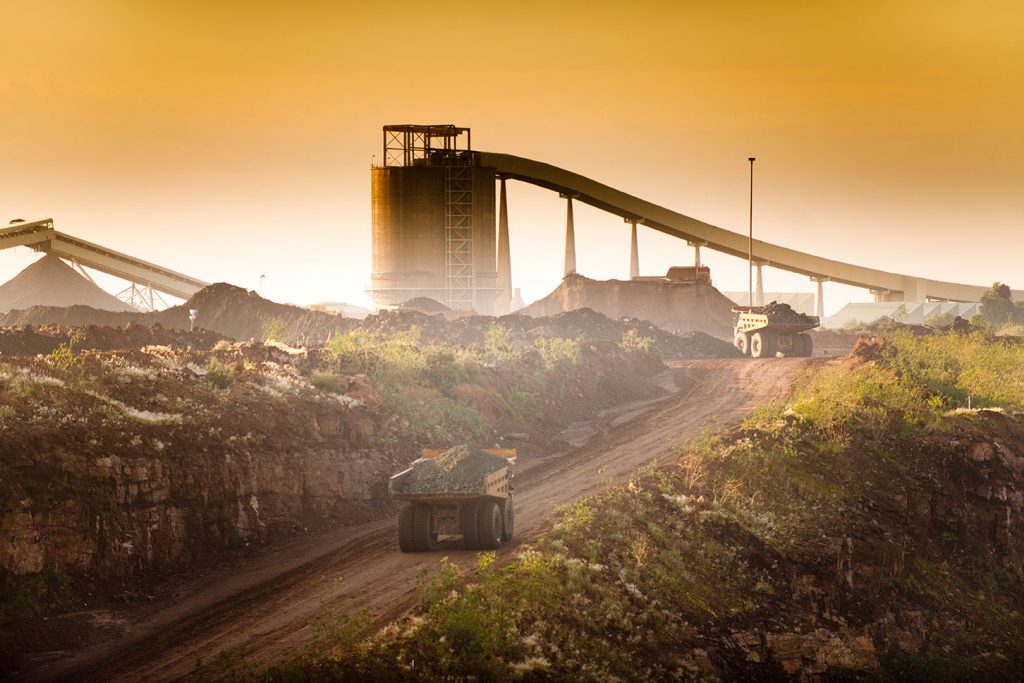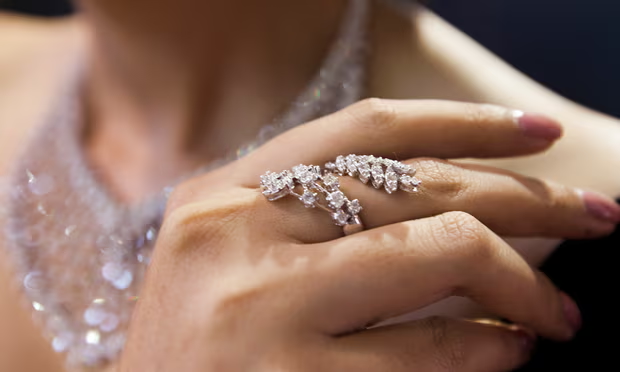
The world’s biggest diamond miner, De Beers, cost its parent company almost $3bn last year as the growth in lab-grown stones continues to take the shine off the industry.
Anglo American was forced to write down the value of the renowned gem producer for a second consecutive year as its chief executive admitted the diamond markets had proved “really, really difficult for the company”.
Duncan Wanblad, the chief executive of Anglo American, added that its plan to shrug off De Beers as part of a radical strategy to dismantle parts of the 108-year-old group – which coined the slogan “a diamond is forever” in 1947 – may be delayed.
He added that the FTSE 100 company did not expect “much traction or progress” on its plans to spin off De Beers in the first half of the year, which could be via a trade sale or a listing via an IPO or demerger, but it might “pick up” towards the end of the year.
Diamond prices have slumped over the past decade because of the rising popularity of cheaper, lab-grown versions and a slowdown in consumer spending in China.
In response, Anglo has taken impairments of $2.9bn on De Beers last year, after a $1.6bn writedown of the company in its annual results last year. This drove Anglo to a $3.1bn net loss in 2024, from a $283m profit the previous year.
The latest writedown of De Beers, which once controlled 90% of the world’s diamond market, means the company is now valued at $4bn.
Anglo laid bare the ongoing losses at De Beers after setting out a plan last year to sell the diamond business as part of a historic corporate overhaul to defend the company against a £34bn takeover plot by the Australian miner BHP.
Anglo hopes to guard the company against further unsolicited advances from BHP, which attempted to force the board to offload two Johannesburg-listed subsidiaries, the platinum miner Amplats and the iron ore miner Kumba, in order to complete a takeover.
Wanblad said the company had received unsolicited interest in the diamond business but a formal process had not started. At least part of the company is expected to be purchased by the government of Botswana, which hosts many of the company’s diamond mines.
Source: Theguardiam


